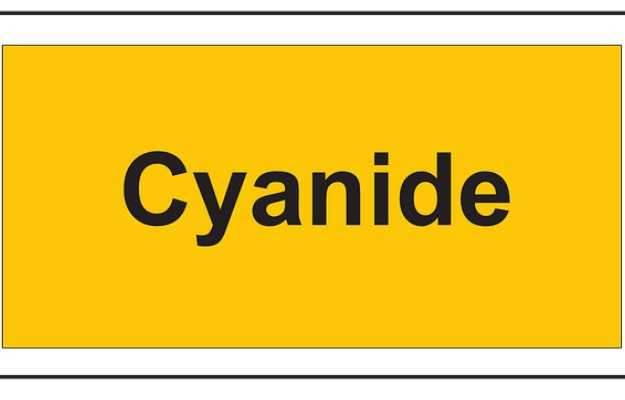What is cyanide poisoning?
Cyanide poisoning occurs when a person comes in contact with cyanide, a fast-acting toxic chemical. The gaseous form of cyanide is hydrogen cyanide, while its salt is known as potassium cyanide. Some natural sources of cyanide include lima beans, almonds, cassava plant, and industrial sources like insecticides, solutions used in photography, and cleansing solutions for jewellery. The statistics of cyanide poisoning in India are unknown.
What are its main signs and symptoms?
The signs and symptoms of cyanide poisoning occur when the chemical is ingested or inhaled and reaches a blood concentration of approximately 40 mol/L. Symptom onset is usually rapid and causes death within seconds if cyanide is inhaled in the gaseous form, or within minutes if cyanide is ingested in its salt form. Cyanide mainly targets the central nervous system and the cardiovascular system. It enters the body by inhalation, by absorption through the skin, or by consuming cyanide-containing foods. Cyanide poisoning can show any of these symptoms initially:
When large amounts are absorbed via any route, the following symptoms are seen:
- Seizures (most common)
- Unconsciousness
- Hypotension
- Pulmonary injury
- Reduced heart rate
People who have survived cyanide poisoning may exhibit neuropsychiatric symptoms and optical atrophy.
What are its main causes?
Due to cyanide poisoning, the body cells are unable to use oxygen, leading to a fatal outcome. In small quantities, cyanide is converted into the thiocyanate form. In large doses, its actions are more pronounced, leading to cell death. It causes failure of important organs leading to death. The toxic dose is in the range of 100-200 mg.
How is it diagnosed and treated?
The diagnosis is purely a clinical investigation, although certain laboratory tests may help as well. The following biologic abnormalities can be detected in cyanide poisoning via lab tests:
- Metabolic acidosis.
- Increased levels of lactic acid.
- Greater than 90% venous oxygen saturation.
Tests performed include:
- Complete blood count.
- Blood glucose measurement.
- Biochemical tests.
- ECG monitoring.
It can be differentiated from carbon monoxide poisoning due to the rare occurrence of seizures in the latter.
Treatment modalities include:
- Decontamination:
- Antidote kit: It contains a mixture of three components that metabolize cyanide.
- Hydroxocobalamin: It binds with cyanide and expels it in the urine.
Self-care tips:
- Move rapidly away from the area if you are exposed to any gaseous materials which may contain cyanide.
- Remove any clothing laced with cyanide.
- Wash with plenty of water and soap and splash large amounts of water in your eyes.
- If it is ingested, activated charcoal may inhibit its absorption.
- Avoid use of bleach to remove cyanide.
- Seek medical help right away.
Prevention tips:
- Education about cyanide poisoning must be given to workers in industries that use cyanide in its different forms to avoid any untoward events.
- Occupational hazards are common, and workers need to be informed beforehand and trained in the handling of cyanide-containing products.
- Patient hand-outs should be made available to provide information about cyanide poisoning and follow-up care.
Unlike other poisonings, cyanide poisoning can be very dangerous and lead to death rapidly if the right measures are not taken promptly. It is better to become aware of the consequences beforehand to avoid negative outcomes.
















